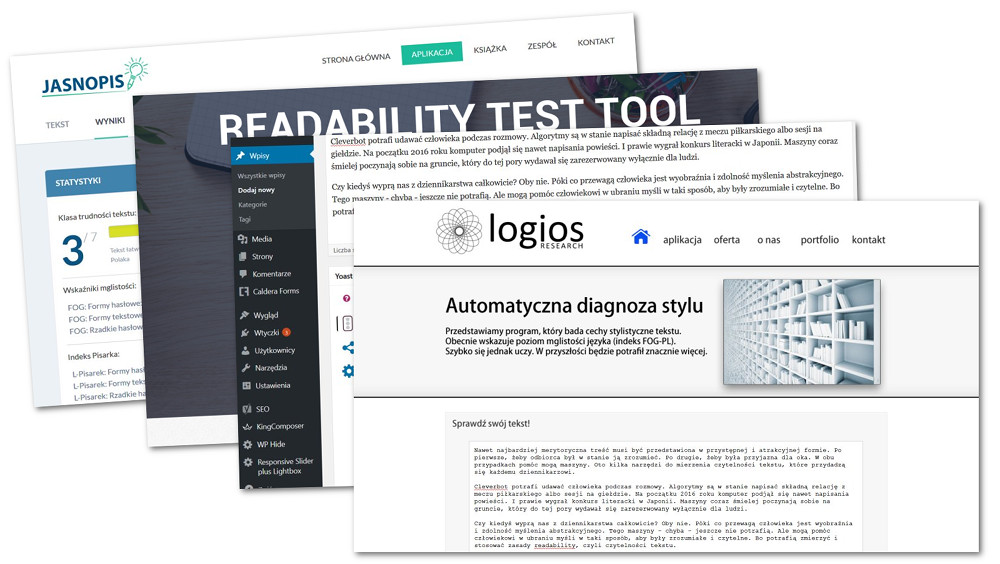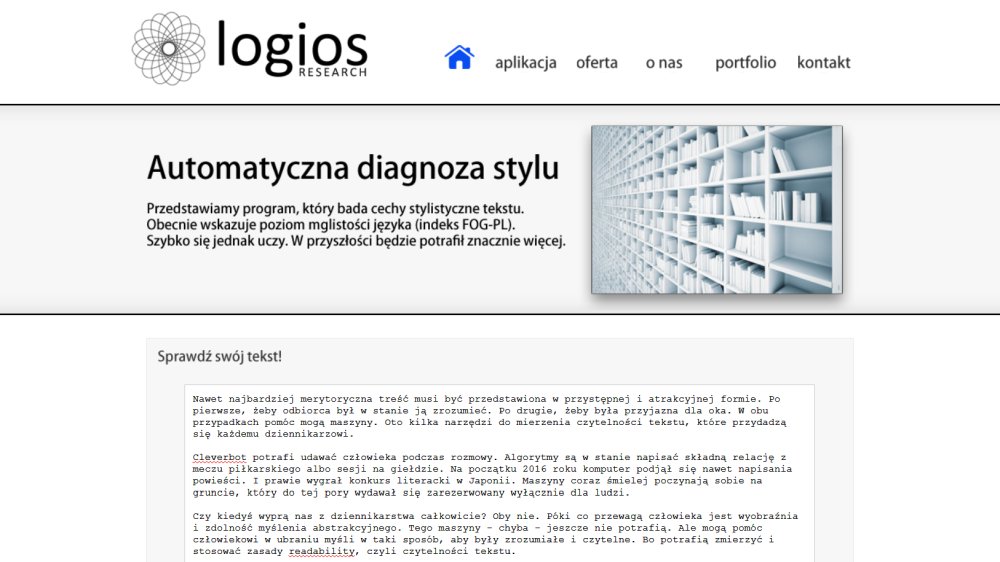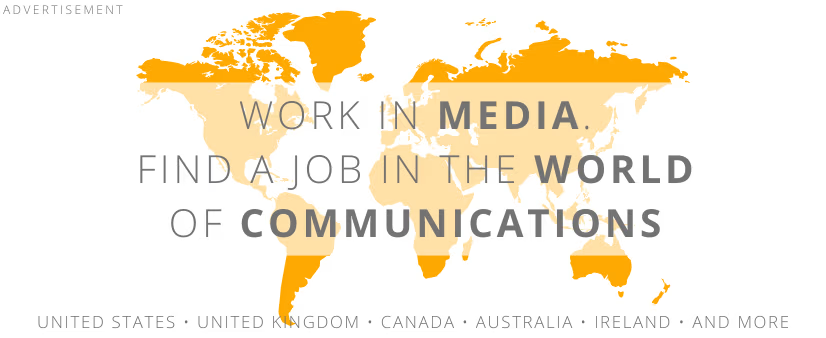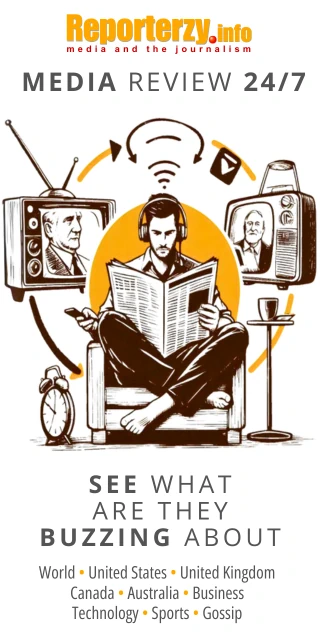
Cleverbot can mimic human conversation. Algorithms can create coherent sports match reports or stock exchange summaries. In early 2016, a computer even wrote a novel and nearly won a literary contest in Japan. Machines are stepping into fields once thought exclusive to humans.
Will they one day replace us in journalism? Let’s hope not. For now, humans have the advantage of imagination and abstract thought, something machines - hopefully - still lack. But they can help humans frame their thoughts in a clear and readable way, as machines can measure and apply readability principles to enhance text coherence and appeal.
In daily journalistic work, we often overlook these readability principles. Yet they are worth applying for several reasons. Content created according to readability rules:
- is easier for readers to digest,
- does not strain the eyes,
- is rated higher by Google’s algorithms and better positioned in search results.
Readability principles include typographic aspects, such as font choice and size, line and paragraph spacing, and color contrast. There are also more content-based principles, which we will focus on here.
Readability Principles
To make the text user-friendly and easy to understand, keep the following in mind:
- Use paragraphs and subheadings
Unformatted text, or a "wall of text," strains the eyes and subconsciously deters readers. Split the content into paragraphs, ideally 4-5 lines each. Use clearly marked subheadings to separate thematic sections. - Use bolding and lists
Statistical data and enumerations are easier to absorb when presented in an organized format, so it’s useful to employ lists in these cases. Additionally, lists make the text more visually appealing. Bold important points to draw readers’ attention. This makes them easier to spot and remember. - Avoid overly long sentences
One readability rule suggests that sentences should not exceed 20 words. Longer sentences can make the text harder to understand, so it’s best to avoid them when possible. - Avoid complex words and meanings
Simply put, the simpler, the better. Of course, within reason, as not all topics can be presented in elementary language.
The last point may seem challenging. How do you gauge when a text is too complex or still accessible? This is where machines can help.
Tools Supporting Readability
Several helpful programs evaluate text complexity. They use algorithms that measure the FOG Index. It’s rated on a scale of 1 to 18+, representing the years of education needed to understand the text. For journalistic texts, a recommended score is around 10.
- 1-6 is understandable for primary school students,
- 7-9 is suitable for middle school students,
- 10-12 is understandable for high school students,
- 13-17 is suitable for college students,
- 18 and above is understandable for those with higher education.
Another readability measure is the Flesch Reading Ease Score (FRES). This index ranges from 100 to 0, with lower scores indicating greater complexity. Journalistic text should aim for around 70 points.
- 90-100 is suitable for primary school students,
- 70-90 is suitable for middle school students,
- 60-70 is suitable for high school students,
- 30-60 is suitable for college students,
- 0-30 is suitable for those with higher education.
Both the FOG Index and FRES were initially developed for English, but several tools adapted for Polish can be recommended.
Logios.pl
This app, created by the University of Wrocław’s Plain Polish Lab, uses the FOG-PL index, tailored to the specifics of Polish. source: Logios.pl
source: Logios.plJasnopis.pl
A comprehensive, though still prototypical tool, developed by SWPS University experts. Jasnopis analyzes text complexity using both the FOG Index and a Polish-specific Pisarka index. It provides statistics and suggests improvements.
 source: Jasnopis.pl
source: Jasnopis.plYoastSEO
A WordPress plugin that’s worth installing even if you don’t use CMS otherwise. Developed by Yoast BV, it checks readability according to various parameters and suggests adjustments. While not perfect, it also supports Polish.
 source: WordPress/YoastSEO
source: WordPress/YoastSEOFor English texts, try other tools:
- Readability Test Tool (webpagefx.com)
- Hemingway Editor (hemingwayapp.com)
- Typely (editor.typely.com)
- Gunning Fox Index (gunning-fog-index.com)
These applications make it easier to create user-friendly, readable content. They also facilitate SEO, as Google’s algorithms favor readable content. Pages with such content, as long as they’re SEO-optimized, will rank higher in search results.
For more on web content creation, SEO, and content marketing, I cover these topics in my trainings. Join us for workshops. If you know other valuable readability tools, share them in the comments!
COMMERCIAL BREAK
New articles in section Skills and knowledge
War reporter in the new reality. Evolving techniques, same purpose
KFi
What happens when war breaks out just across the border and journalists aren't ready? Polish reporters faced that question after Russia invaded Ukraine in 2022. Lacking training, they improvised: blurred details, hid names, and balanced trauma with truth.
A heuristic trap in media coverage. How loud headlines boost fear
Bartłomiej Dwornik
A negative message that rests on emotion lifts the sense of threat by 57%. Why do reports of a plane crash drive investors away from airline shares? Why do flood stories spark worry about the next deluge? The pattern is irrational yet clear and proven.
How LLMs are reshaping SEO. Smart content strategies for the age of AI
BDw
For years, SEO was a fairly predictable game. Pick the right keywords, optimize your content, and watch your website climb the rankings. But today, a silent revolution is underway - and it`s being led by large language models (LLMs) like ChatGPT, Claude, Gemini, and DeepSeek.
See articles on a similar topic:
It's Easier to Lie and Swear in Foreign Language. Here is Scientific Proof
Ewelina Krajczyńska-Wujec
A decision made based on data presented in a learned foreign language may be different than if you made it based on data in your native language. Language changes the intensity of felt emotions, and it affects the ability to analyse problems and choose solutions, according to research by Rafał Muda, PhD.
Traditional Media Still Plays a Key Role in PR
Flor Calveiro
The latest trend research from Worldcom PR Group EMEA has shown that, despite the growing importance of social media, the position of "traditional" media remains steadfast and continues to play a key role in public relations activities.
Sarcasm in Communication. A Study by INSEAD Researchers
Krzysztof Fiedorek
Sarcasm can be a valuable tool in interpersonal communication, but its effectiveness depends on the context and the relationship between the sender and the receiver. Researchers at INSEAD have shown that well-utilized sarcasm can be a powerful asset in business language and advertising.
Social Influence of Virtual Avatars. A Study by SWPS University
KF
How confident are we in our judgments, and how well can we defend our own opinions? There’s a good chance that we might change our views under the influence of a group of avatars in virtual reality. Researchers from SWPS University studied human susceptibility to the opinions of others, including virtual characters.






























